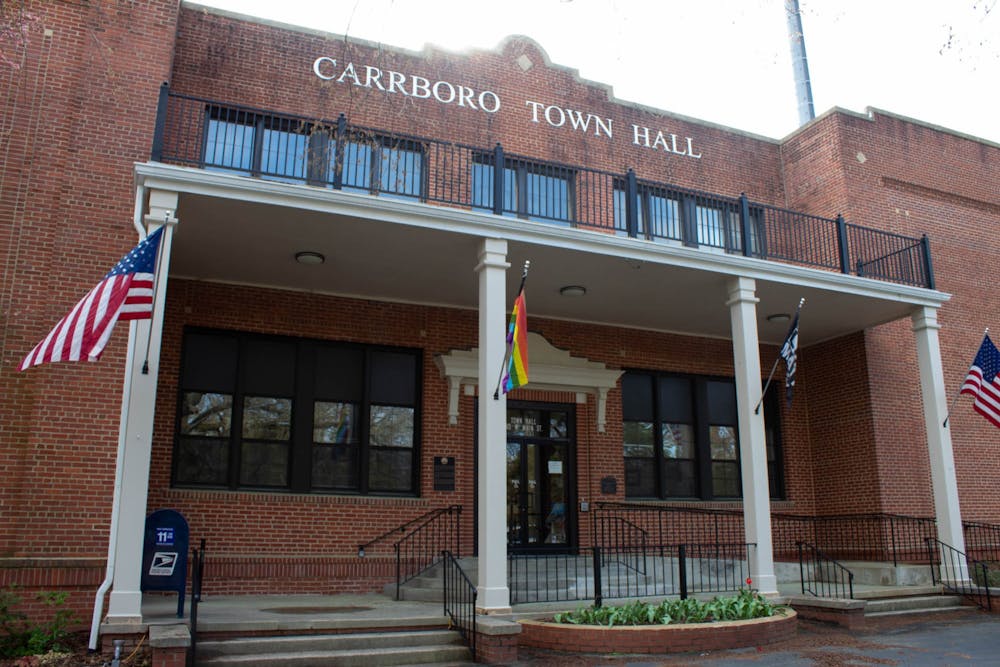On April 9, the Carrboro Town Council unanimously passed a new Language Access Plan, which will provide interpretation and translation services — including written translations vital documents and information — for the community.
The plan will also create an Internal Language Access Committee, which will determine which vital documents to translate. Carrboro Communication and Engagement Director Catherine Lazorko said these documents could include public safety information and highly requested forms.
Lazorko said the plan will increase the availability of interpretation at public events and Town meetings. The Town has set up a language access phone line, and will also include a language access statement in council meeting agendas. The Town’s website also includes a translation feature.
“We have all kinds of folks that live in our community, which makes it very vibrant and just like a melting pot of folks, of cultures, of languages,” Carrboro Mayor Barbara Foushee said. “And so the Language Access Plan allows us to be able to communicate with each other.”
Lazorko said the plan also intends to strengthen the recruitment of multilingual staff members to provide quality in-person language services.
“In order to effectively communicate with all members of the public, we need a Language Access Plan in order to reduce the communication gap,” Lazorko said. “In this way, the Town will become a more welcoming and inclusive place for everyone.”
The plan prioritizes languages that are both commonly spoken in Carrboro and have high proportions of residents who reported speaking English less than "very well" — including Spanish, Chinese, Arabic, Korean, Karen and Burmese.
The Town developed the plan with the Refugee Community Partnership and the Building Integrated Communities program at the UNC Institute for the Study of the Americas. BIC also worked with the Town of Chapel Hill to create their Language Access Plan.
The Refugee Community Partnership works closely with migrants and refugees in the area, assisting them with issues of language accessibility and navigation. This assistance includes accompanying members to their medical appointments and other aspects of daily life where language is a barrier.




